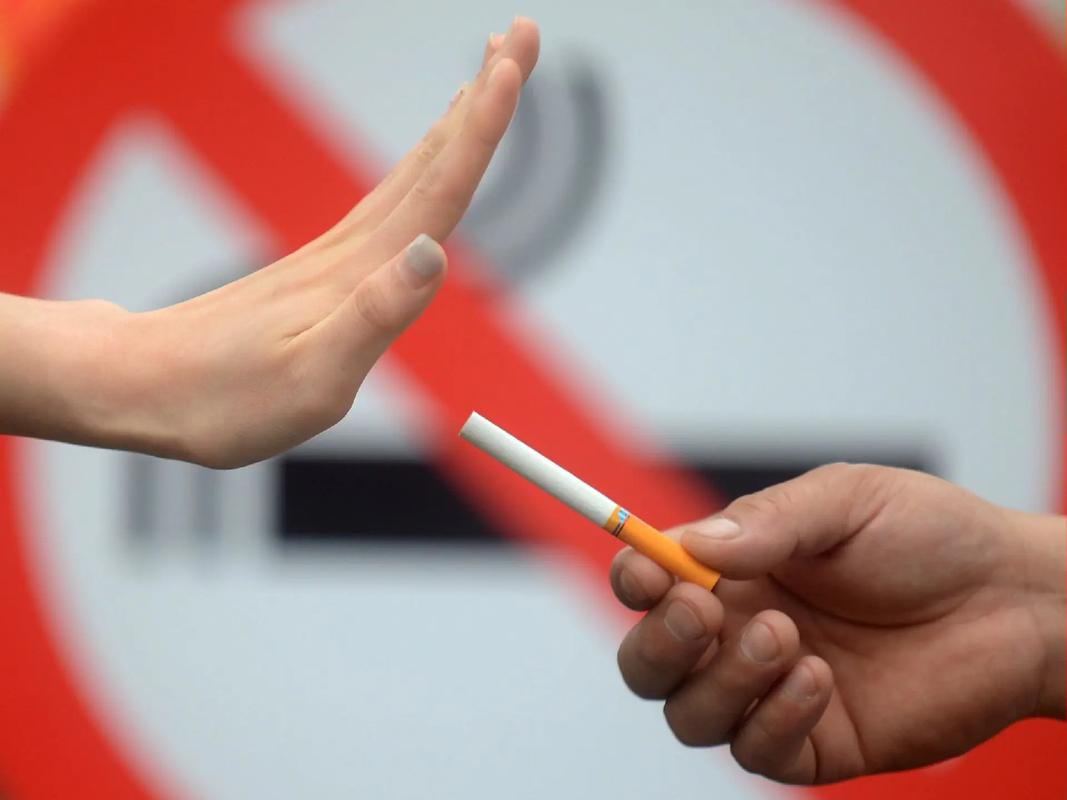A Beginner's Guide to Safely Checking Your Vape Battery Voltage
So, you've joined the world of vaping. It's a fantastic journey of flavor and customization, but it also comes with a new set of responsibilities, chief among them: battery safety. You might have heard seasoned vapers talk about checking their battery voltage and wondered, "Why is that so important?" or "How do I even do that?"
Think of your vape battery as the heart of your device. Just like you'd monitor your own heart rate during exercise, keeping an eye on your battery's voltage is crucial for performance, longevity, and, most importantly, safety. It’s not just a technical chore; it’s a fundamental practice for anyone who uses a mod with external batteries.
This guide is designed to walk you through the entire process, from the "why" to the "how," in a simple, safe, and straightforward manner. By the end, you'll be confidently monitoring your battery's health like a pro.
Why Bother Checking Your Vape Battery Voltage?
Let's start with the fundamentals. Voltage is a measure of electrical potential energy – essentially, how much "oomph" your battery has at any given moment. For the common 18650, 20700, and 21700 batteries used in vaping, this is a key metric.
Here’s why it matters:
-
Safety First: Preventing Over-Discharge: This is the single most critical reason. Every lithium-ion battery has a safe discharge cutoff voltage, typically around 2.5V to 3.0V. If you consistently drain your battery below this level, you cause irreversible damage to its internal chemistry. This not only kills the battery but also makes it unstable and dangerous, significantly increasing the risk of a short circuit, venting, or even thermal runaway (a fancy term for a battery fire). Checking your battery voltage is your primary defense against this.
-
Maximizing Battery Lifespan: Just as over-discharging is bad, so is letting your battery sit at a maximum charge for extended periods. The ideal storage voltage for a lithium-ion battery is around 3.6V to 3.7V. By regularly monitoring your vape battery charge level, you can ensure you're not stressing the cells unnecessarily. A well-maintained battery can last through hundreds of charge cycles, saving you money in the long run.
-
Optimizing Vaping Performance: Have you ever noticed your hits getting weaker towards the end of the day? That's because the voltage is dropping. Most regulated mods will automatically reduce power as the battery depletes. By understanding the relationship between battery voltage and vape output, you'll know when it's time for a swap to get a consistent, satisfying experience from your first puff to your last.
-
Troubleshooting Device Issues: If your mod is behaving erratically—shutting off unexpectedly, displaying error messages, or not firing consistently—the first step in vape battery troubleshooting is to check the voltage. It can tell you if the problem is a dying battery, poor connection, or an issue with the mod itself.
The Tools You'll Need for Vape Battery Voltage Measurement
You have two main options for checking your voltage, each with its pros and cons.

- A Digital Multimeter: This is the gold standard for accuracy. It's a versatile tool used by electricians and hobbyists alike. For testing vape battery voltage with a multimeter, you'll get a precise, down-to-the-hundredth decimal reading. It's an excellent investment if you're serious about your gear.
- A Dedicated Battery Charger with a Voltage Display: This is the most convenient and highly recommended method for most vapers. Modern chargers from reputable brands like Nitecore, Xtar, or Gyrfalcon feature digital screens that show the real-time voltage of each battery slot. This allows for easy how to check 18650 battery voltage and other types, right as you charge them.
Your Step-by-Step Guide to Checking Voltage
Let's break down both methods. Remember, always handle your batteries with care. Inspect the wraps for any nicks or tears before proceeding. If you see any damage, rewrap the battery before use.
Method 1: Using a Digital Multimeter
This might seem intimidating, but it's quite simple.
- Set Up Your Multimeter: Turn the dial to the DC Voltage (V) setting, symbolized by a "V" with a straight and dashed line. Choose a range that is higher than 4.2V, usually 20V.
- Identify the Probes: The multimeter has two probes: red (positive) and black (negative).
- Make the Connection:
- Take your battery and place it on a non-conductive surface like a wooden table.
- Gently touch the red probe to the positive terminal of the battery (the flat end, usually with a small button).
- Gently touch the black probe to the negative terminal (the entire opposite, flat end).
- Read the Display: The number on the screen is your battery's voltage. A fully charged battery will read 4.2V (or sometimes 4.2V). A battery ready for recharging will typically be around 3.2V to 3.5V, depending on your mod's cutoff.
Crucial Safety Warning: Never, under any circumstances, let the two probes touch the same battery terminal or let the positive and negative ends of the battery be bridged by any metal object (like the probes). This will cause a direct short circuit, generating extreme heat and creating a serious hazard.
Method 2: Using a Smart Charger (The Easier Way)
This method is foolproof and integrates seamlessly into your charging routine.
- Insert the Battery: Place your battery into the correct bay of the charger, ensuring the positive and negative ends align with the markings on the charger.
- Observe the Display: The charger's digital screen will immediately display the voltage of the battery. It's that simple. Many chargers will cycle between showing voltage, charge current, and time elapsed.
- Interpret the Reading: Just like with the multimeter, you can see at a glance where your battery's charge level stands.
Interpreting Your Results: What Do the Numbers Mean?
Now that you have a number, what does it signify for your vape battery maintenance?
- 4.2V: Your battery is fully charged and ready to go. This is the maximum safe voltage.
- 3.7V: This is often considered the "nominal" or standard voltage. The battery has a good amount of charge left and is also at a healthy level for long-term storage.
- 3.2V - 3.5V: Your battery is depleted and should be recharged soon. Most regulated mods will cut you off in this range to prevent over-discharge.
- Below 3.0V: This is the danger zone. If your battery reads below 3.0V, it has been over-discharged. While some modern smart chargers have a "revive" function for slightly over-discharged cells, it's a sign of a stressed battery. If it consistently drops this low, it's time to consider recycling it and getting a new one. This is a key part of understanding battery voltage levels for vapers.
Integrating Voltage Checks into Your Vaping Routine
Making this a habit is easy.
- After Use: Before putting a used battery on the charger, note its voltage. This helps you understand how much your typical vaping session drains the battery.
- After Charging: Confirm your charger has stopped at 4.2V. A charger that overcharges batteries is faulty and must be replaced.
- For Stored Batteries: If you have spare batteries you won't use for a few weeks, check their voltage and charge or discharge them to the ideal 3.7V storage level.
Essential Safety Tips and Best Practices
Checking voltage is one part of a larger safety picture. Here are some non-negotiable rules for external battery safety for vapers:
- Use a Protective Case: Always store and transport your loose batteries in a plastic protective case. This prevents them from shorting on keys, coins, or other metal objects in your pocket or bag.
- Inspect Battery Wraps: Before every charge and use, look for any tears, holes, or nicks in the colored plastic wrap. Even a tiny breach can lead to a hard short. Rewrap immediately if you find damage.
- Buy from Reputable Sources: Counterfeit batteries are rampant. Only purchase from authorized, trusted vendors to ensure you're getting authentic, high-drain batteries suitable for vaping.
- Don't Mix and Match: Never use batteries of different brands, ages, or charge levels together in a dual-battery mod. They should be "married" – used, charged, and retired together.
Mastering the simple skill of how to check vape battery voltage is one of the most empowering things you can do as a vaper. It transforms you from a casual user into an informed enthusiast who prioritizes safety and performance. It takes just a few seconds but provides immense peace of mind, ensuring that your vaping experience remains enjoyable, consistent, and, above all, safe for years to come. So grab your charger or multimeter and give it a try – your batteries (and your future self) will thank you.










